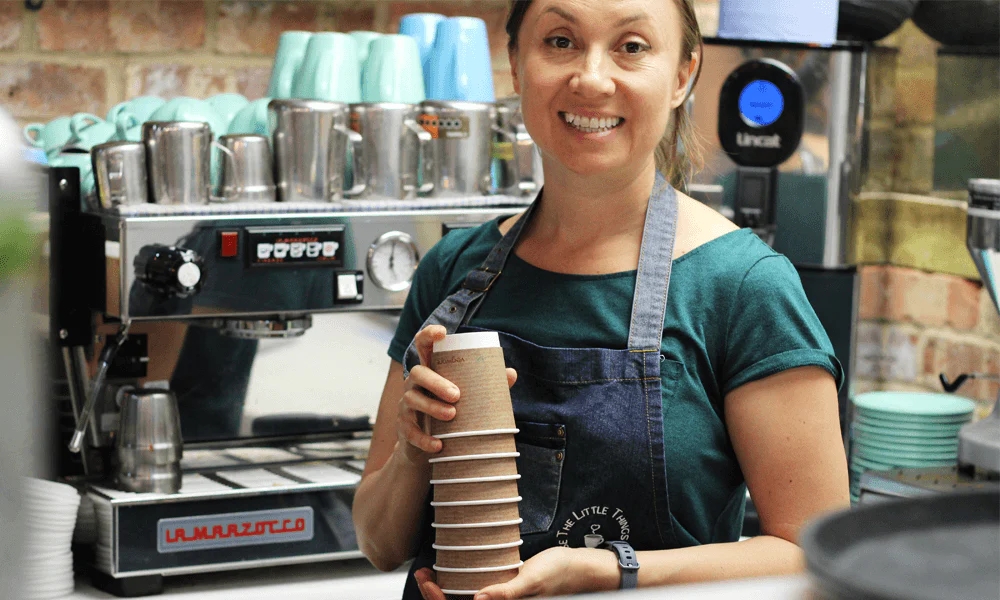The Versatility and Importance of Rigid Boxes in Packaging
In the ever-evolving landscape of packaging solutions, rigid boxes have emerged as a highly effective option for a variety of industries. These boxes, characterized by their sturdy and robust structure, offer numerous advantages, making them a popular choice for brands aiming to enhance their product presentation and customer experience.
What Are Rigid Boxes?
Rigid boxes, often referred to as setup boxes, are made from thick paperboard that is typically more durable and stable than traditional folding cartons. They are pre-formed, which means they retain their shape without the need for assembly by the user. This intrinsic strength not only protects the contents but also gives the packaging a premium feel that can elevate a product's market position.
Advantages of Rigid Boxes
1. Protection and Durability One of the primary benefits of rigid boxes is their ability to protect products during transportation and handling. Whether it's fragile items like glassware or high-end electronics, these boxes minimize the risk of damage, ensuring that the product arrives in pristine condition.
2. Luxurious Presentation Rigid boxes are synonymous with high quality and luxury. Their solid construction and sleek appearance make them perfect for premium products such as cosmetics, luxury goods, and high-end gifts. Brands that invest in visually appealing packaging can create a stronger emotional connection with consumers, enhancing brand loyalty.
3. Customizability Rigid boxes offer a wide range of customization options. Brands can choose from various sizes, shapes, colors, and finishes to create unique packaging that reflects their identity. From foil stamping to embossing, the possibilities for branding are almost limitless, enabling businesses to stand out in a crowded market.
rigid boxes

4. Eco-Friendly Options As sustainability becomes a more pressing concern for consumers, many manufacturers are producing rigid boxes using recycled materials or sustainable practices. Brands that prioritize eco-friendly packaging can appeal to environmentally conscious consumers and improve their market image.
5. Ease of Use Unlike other box types that require assembly, rigid boxes are ready to use out of the box. This convenience benefits both retailers and consumers. Retailers appreciate the efficient in-store presentation, while consumers value the hassle-free unboxing experience.
Areas of Application
Rigid boxes find utility in various sectors. The cosmetics industry frequently utilizes these boxes for product packaging, offering an elegant presentation that attracts consumers. Similarly, the gift and jewelry industries rely on rigid packaging to convey luxury, often enhancing the unboxing experience with added features like magnetic closures or silk linings. Additionally, electronics manufacturers use rigid boxes to present their products in a way that emphasizes durability and reliability, further influencing purchasing decisions.
The Future of Rigid Boxes
As trends shift and consumer preferences evolve, the demand for rigid boxes is likely to grow. Innovations in materials and manufacturing techniques are paving the way for even more versatile designs that can meet the changing needs of industries. Moreover, with the increasing focus on sustainability, rigid boxes will continue to adapt, incorporating eco-friendly materials without compromising on aesthetics or functionality.
Conclusion
Rigid boxes represent a perfect blend of functionality, aesthetics, and durability, making them an essential element in modern packaging strategies. Their ability to protect products while offering a luxurious unboxing experience positions them as a favored choice across a plethora of industries. As businesses continue to seek ways to differentiate themselves in a competitive market, investing in high-quality rigid packaging can yield significant dividends in brand perception and customer satisfaction. In this dynamic world, where first impressions matter, rigid boxes are not just a protective measure; they are a powerful tool for brand storytelling and consumer engagement.



